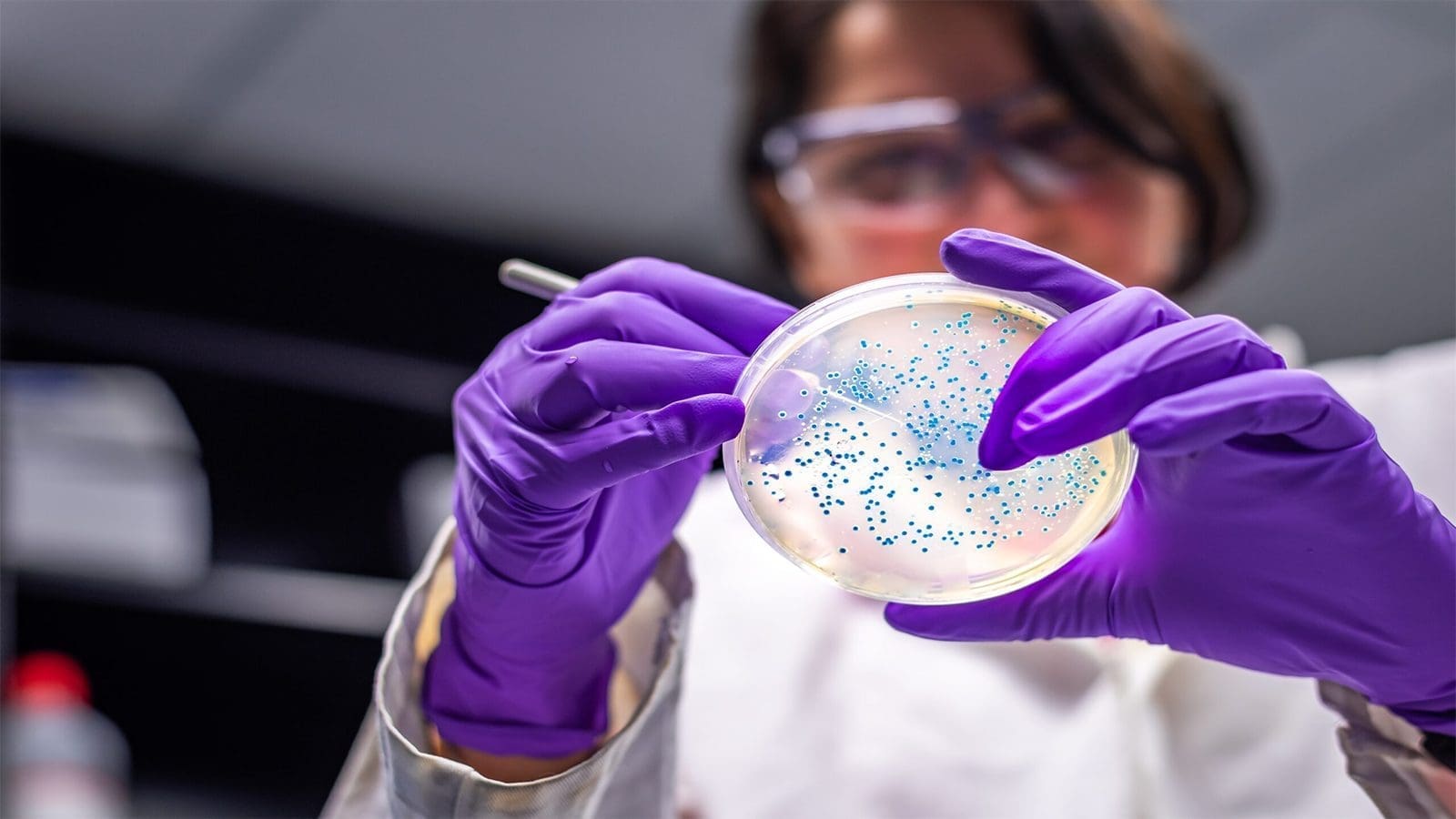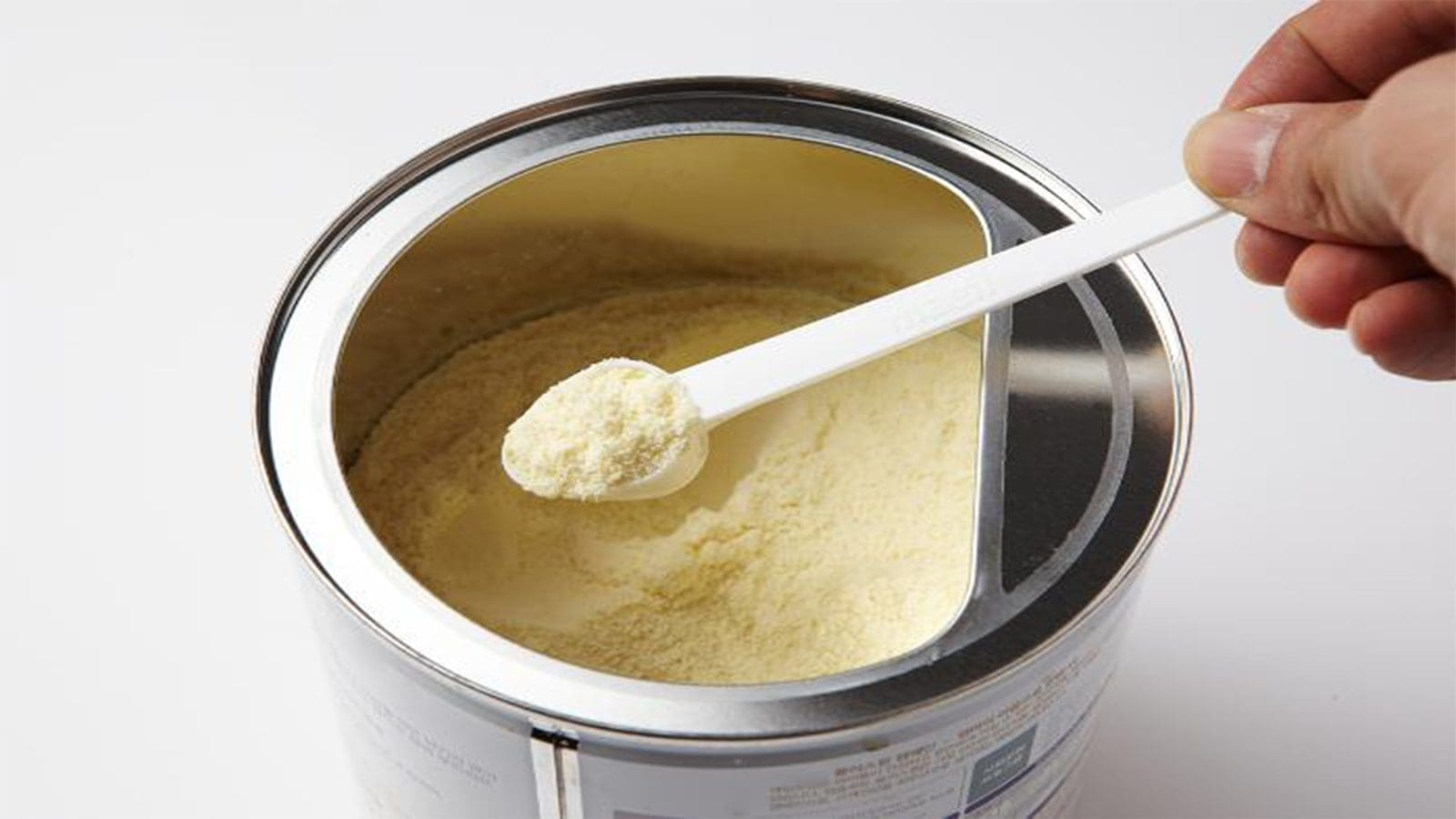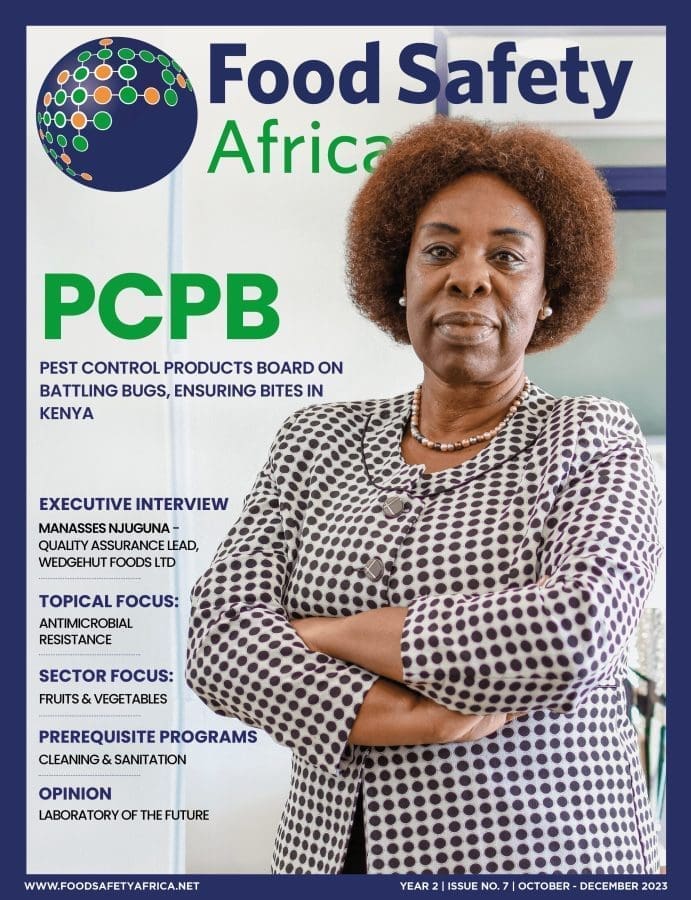SPAIN – A team of researchers from the Torribera Food and Nutrition Campus and the University of Barcelona, have come up with a new authentication tool to check the geographical origin of virgin olive oil as a control on the quality, tradition and product linked to the territory.
Olive oil is one of the most prestigious agri-foods in Spain and it is the base of the Mediterranean diet. As such, it is prone to adulteration and commercial fraud in terms of origin.
In the authentication process of foods, it is decisive to have analytical strategies that verify the origin of the products and help establishing the official method.
The new tool provides a response to this need regarding food safety and traceability and it presents an authentication strategy that can be applied to at different geographical scales.
“The new methodology enables us to discriminate between virgin olive oils produced in the European Union and those that are not, apart from classifying them according to the country of origin and verify which oils belong to the Protected Geographical Designations of Origin of the same region or even adjacent ones,” note researchers Stefania Vichi and Alba Tres, Coordinators of the research line in Authentication of Foods and members of the Torribera Food and Nutrition Campus and INSA.
The new protocol can authenticate virgin olive oils through a fingerprint, which works similarly to the unequivocal recognition of people using fingerprints.
It is based on the analysis of sesquiterpene hydrocarbons —organic compounds formed by three isoprene units— which proved to be excellent origin markers for olive oil.
“In this case, the sesquiterpene fingerprint is used for the development of geographical discrimination models that enable us to identify those oils that show an analytical signal very different from those considered as reference oils,” said Researcher Stefania Vichi.
Traditionally, reference methods for the authentication of products are based on the determination of one or a few compounds, so that the legal limits are set to decide whether the product meets certain specifications.
“Non-directed methods —like fingerprinting— enable using all the available analytical data, instead of focusing on certain compounds like traditional methods do,” noted Researcher Alba Tres.
The innovative nature of the analytical strategy lies in the fact that it proposes geographical markers that have been little studied to date for this purpose.
Moreover, the new protocol is based on an analytical technique, which is at the reach of most control laboratory (public and private ones) and it only requires the application of a non-traditional approach.
“Therefore, with the fingerprint approach, we can use a great amount of analytical data provided by the technique, but which had not been considered until now,” said the research team.
The proposal of a geographical authentication strategy presented in the study could become a new screening tool applicable to inspections and audits.
The methodology has been published in the journals Food Chemistry and Food Control.
It has been set as part of the work by the Research Group on Lipid and Bioactive Compounds in the Food Chain (LiBiFOOD) of the UB, aimed at creating analytical tools to verify the authenticity of foods and prevent food fraud.
Liked this article? Subscribe to Food Safety Africa News, our regular email newsletters with the latest news insights from Africa and the World’s food safety, quality and compliance. SUBSCRIBE HERE








